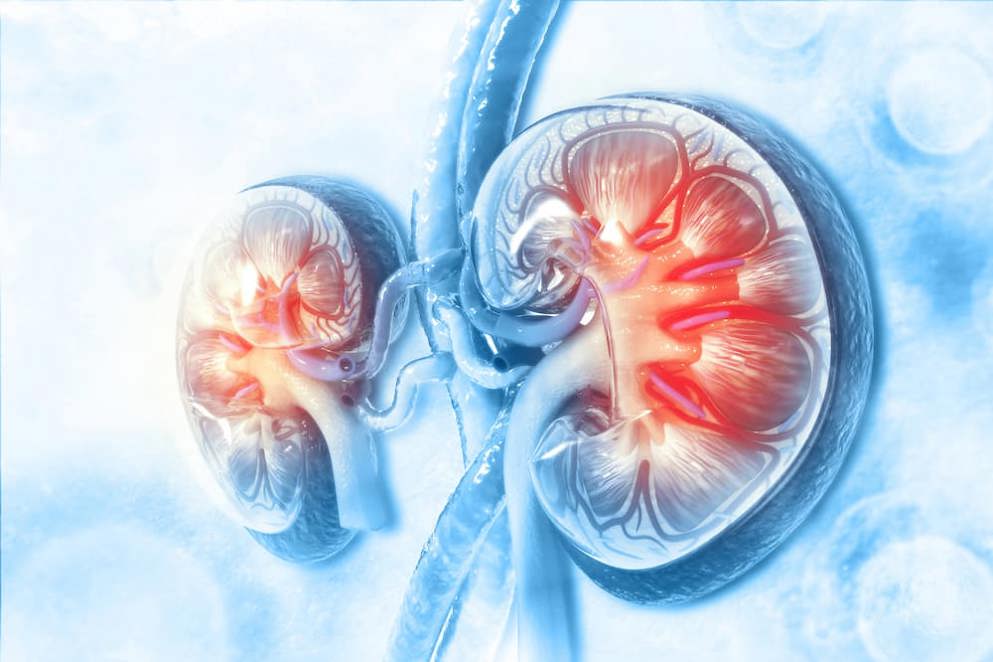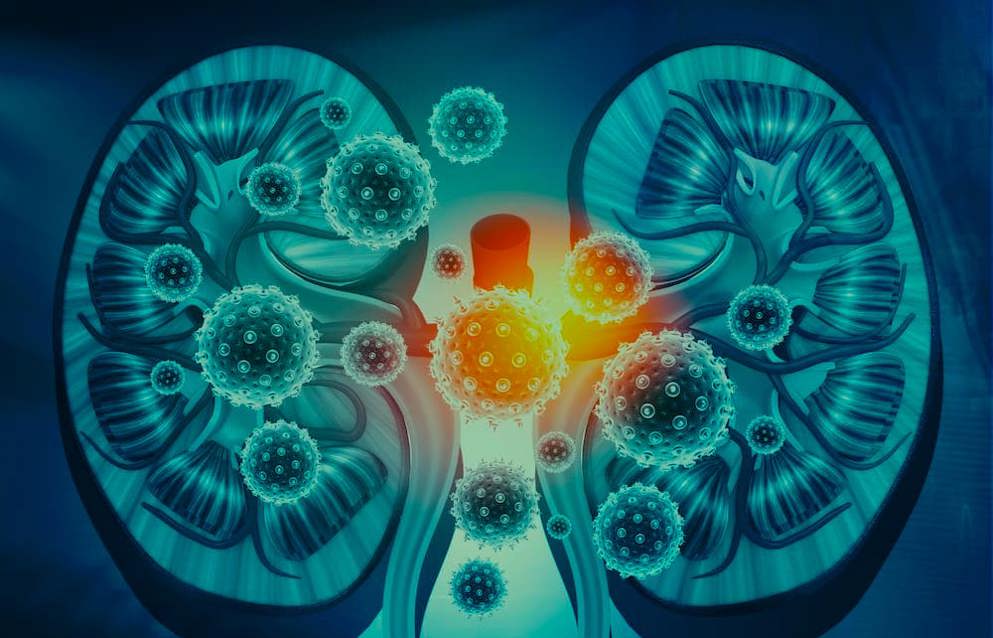Anemia in Chronic Kidney Disease: From Pathophysiology and Current Treatments, to Future Agents
Anemia in Chronic Kidney Disease: From Pathophysiology and Current Treatments, to Future Agents
Anemia is a common complication in chronic kidney disease (CKD), and is associated with a reduced quality of life, and an increased morbidity and mortality. The mechanisms involved in anemia associated to CKD are diverse and complex. They include a decrease in endogenous erythropoietin (EPO) production, absolute and/or functional iron deficiency, and inflammation with increased hepcidin levels, among others. Patients are most commonly managed with oral or intravenous iron supplements and with erythropoiesis stimulating agents (ESA). However, these treatments have associated risks, and sometimes are insufficiently effective. Nonetheless, in the last years, there have been some remarkable advances in the treatment of CKD-related anemia, which have raised great expectations. On the one hand, a novel family of drugs has been developed: the hypoxia-inducible factor prolyl hydroxylase inhibitors (HIF-PHIs). These agents induce, among other effects, an increase in the production of endogenous EPO, improve iron availability and reduce hepcidin levels. Some of them have already received marketing authorization. On the other hand, recent clinical trials have elucidated important aspects of iron supplementation, which may change the treatment targets in the future. This article reviews the current knowledge of the pathophysiology CKD-related anemia, current and future therapies, the trends in patient management and the unmet goals.
Read abstract on library site Access full article
Featured Learning Zones
You may be interested in...
Objective: To review evidence regarding osteoporosis screening, prevention, diagnosis, and management in the past decade and update the position statement published by The North American Menopause Society (NAMS) in 2010 regarding the management of osteoporosis in postmenopausal women as new therapies and paradigms have become available.




